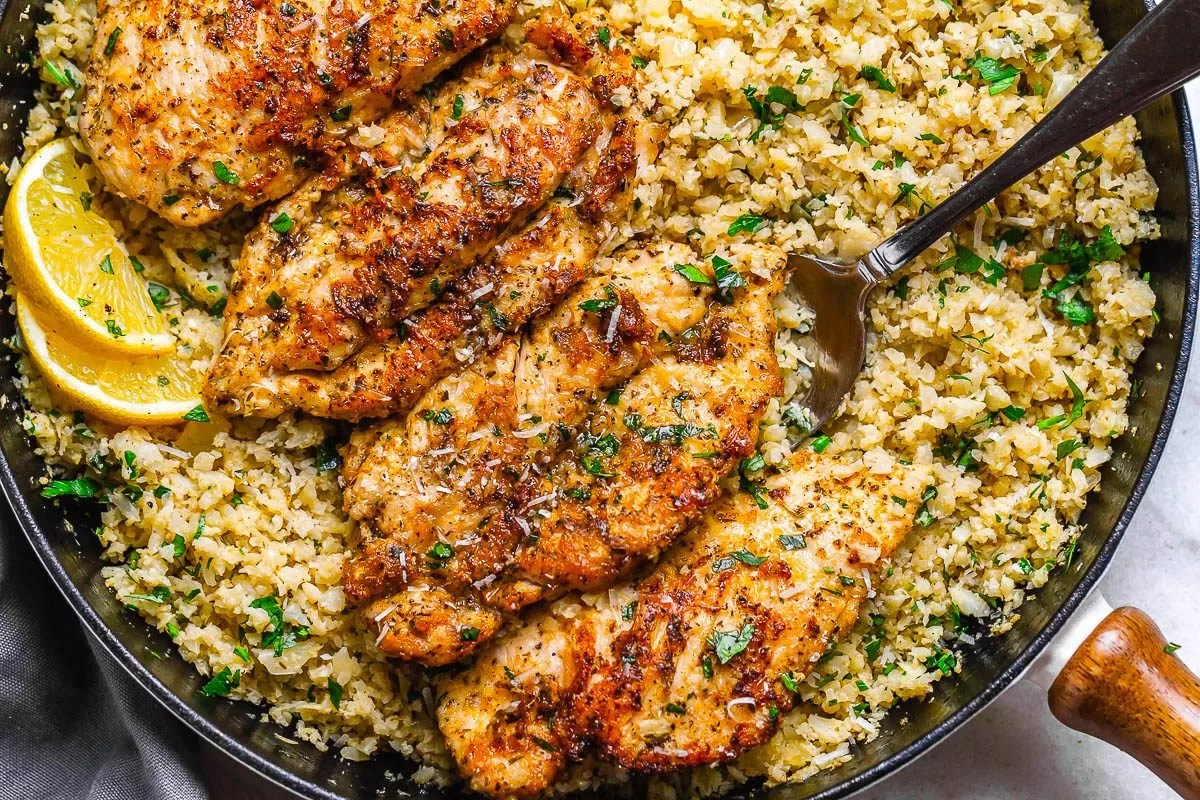Craving your favorite cheat meals but committed to a low-carb lifestyle? It’s a delicious dilemma, but one easily solved! This guide unveils the secrets to crafting low-carb culinary masterpieces that taste remarkably similar to your beloved indulgences. Prepare to rediscover your favorite comfort foods—reimagined for a healthier, lower-carb approach that won’t compromise on flavor or satisfaction. We’ll explore clever ingredient swaps, innovative cooking techniques, and mouthwatering recipes that will leave you wondering how something so good can be so good *for* you.
We’ll delve into popular low-carb meal categories, comparing and contrasting their taste profiles with their higher-carb counterparts. Detailed, step-by-step recipes will guide you through the process, showcasing the magic of low-carb substitutions. Learn how to effortlessly replicate the textures and tastes you love, all while significantly reducing your carb intake. Discover practical tips and tricks to avoid common low-carb cooking pitfalls, ensuring every meal is a flavorful success.
Ingredient Substitutions for Low-Carb Cooking

Embarking on a low-carb journey doesn’t mean sacrificing the rich flavors and satisfying textures of your favorite “cheat” meals. Clever ingredient substitutions allow you to recreate those indulgent tastes while staying true to your dietary goals. This section explores five common ingredients found in high-carb meals and their delicious low-carb counterparts, examining the nuances of taste, texture, and nutritional impact.
Sugar Substitutes: Unveiling the Sweetness
Sugar, a staple in many tempting treats, presents a significant carbohydrate hurdle for low-carb diets. Fortunately, a range of sugar substitutes offer sweetness without the carb load. Let’s examine erythritol, a sugar alcohol, and stevia, a natural sweetener derived from the stevia plant. Both offer distinct advantages and drawbacks.
Erythritol boasts a clean, sweet taste similar to sugar, with minimal impact on blood sugar levels. However, consuming excessive amounts can lead to digestive discomfort. Stevia, on the other hand, is intensely sweet, requiring less quantity, and carries almost no calories or carbohydrates. Its slightly bitter aftertaste might not appeal to everyone.
- Sugar: High in calories, carbohydrates, and can contribute to blood sugar spikes.
- Erythritol: Low in calories and carbohydrates, minimal effect on blood sugar, potential for digestive upset with large quantities.
- Stevia: Virtually calorie and carbohydrate-free, intensely sweet, may have a slightly bitter aftertaste.
Flour Alternatives: Crafting the Perfect Texture
Wheat flour, a foundation for many carb-heavy dishes, needs replacing for low-carb cooking. Almond flour and coconut flour present viable options, each offering unique textural properties. Almond flour, with its fine texture, mimics the feel of traditional flour in many baked goods, offering a slightly nutty flavor. Coconut flour, however, is more absorbent and results in denser products with a distinct coconut taste.
- Wheat Flour: High in carbohydrates, provides structure and texture to baked goods.
- Almond Flour: Lower in carbohydrates than wheat flour, provides a fine texture and slightly nutty flavor to baked goods.
- Coconut Flour: Very low in carbohydrates, highly absorbent, results in denser baked goods with a distinct coconut flavor.
Pasta Transformations: Replicating the Al Dente Bite
Traditional pasta, a carbohydrate powerhouse, can be replaced with zucchini noodles or shirataki noodles. Zucchini noodles, created by spiralizing zucchini, offer a fresh, slightly vegetal taste and a softer texture than traditional pasta. Shirataki noodles, made from konjac yam, are virtually carbohydrate-free, with a unique, almost jelly-like texture that requires careful preparation to prevent a slimy consistency.
- Pasta (Wheat): Primarily carbohydrates, provides a soft, chewy texture.
- Zucchini Noodles: Low in carbohydrates, offers a fresh, slightly vegetal taste and a softer texture.
- Shirataki Noodles: Extremely low in carbohydrates, has a unique, almost jelly-like texture that requires careful preparation.
Rice Reimagined: Low-Carb Grains
White rice, a common side dish, contributes substantially to carbohydrate intake. Cauliflower rice and quinoa (in moderation) offer alternatives. Cauliflower rice, made by pulsing cauliflower in a food processor, provides a mild flavor and a slightly crumbly texture reminiscent of rice. Quinoa, while containing more carbohydrates than cauliflower rice, is a complete protein and offers a slightly nutty flavor and firmer texture.
- White Rice: High in carbohydrates, provides a soft, fluffy texture.
- Cauliflower Rice: Very low in carbohydrates, provides a mild flavor and slightly crumbly texture.
- Quinoa: Moderate in carbohydrates, complete protein, offers a slightly nutty flavor and firmer texture.
Creamy Indulgences: Healthy Fat Swaps
Heavy cream, a staple in many rich sauces and desserts, is high in fat and calories. Full-fat coconut milk and avocado puree provide delicious, low-carb alternatives. Coconut milk offers a creamy texture and a subtle coconut flavor, ideal for curries and desserts. Avocado puree adds creaminess and a mild, buttery flavor to dips and sauces.
- Heavy Cream: High in fat and calories, provides a rich, creamy texture.
- Full-Fat Coconut Milk: High in healthy fats, provides a creamy texture and subtle coconut flavor.
- Avocado Puree: High in healthy fats, adds creaminess and a mild, buttery flavor.
Embarking on a low-carb journey doesn’t mean sacrificing the joy of delicious food. With a little creativity and the right techniques, you can enjoy guilt-free versions of your favorite cheat meals. This guide has armed you with the knowledge and recipes to transform your culinary landscape, proving that healthy eating can be both satisfying and incredibly flavorful. So, ditch the diet mentality and embrace a lifestyle of delicious, low-carb indulgence. Your taste buds (and your waistline) will thank you!
FAQ Resource
Can I use sugar substitutes in these recipes?
While some recipes may benefit from sugar substitutes like erythritol or stevia, it’s crucial to adjust to your taste preferences. Many of these recipes rely on natural sweetness from ingredients like vegetables and spices.
Are these recipes suitable for strict keto diets?
Many of the recipes are keto-friendly, but always double-check the net carb count of each ingredient to ensure they align with your specific macro goals.
How can I store leftovers?
Leftovers should be stored in airtight containers in the refrigerator for up to 3-4 days. Some recipes may freeze well, but check individual recipe instructions.
What if I don’t have a specific ingredient?
Many substitutions are possible. The guide offers suggestions, but feel free to experiment with similar ingredients based on texture and flavor profiles.


